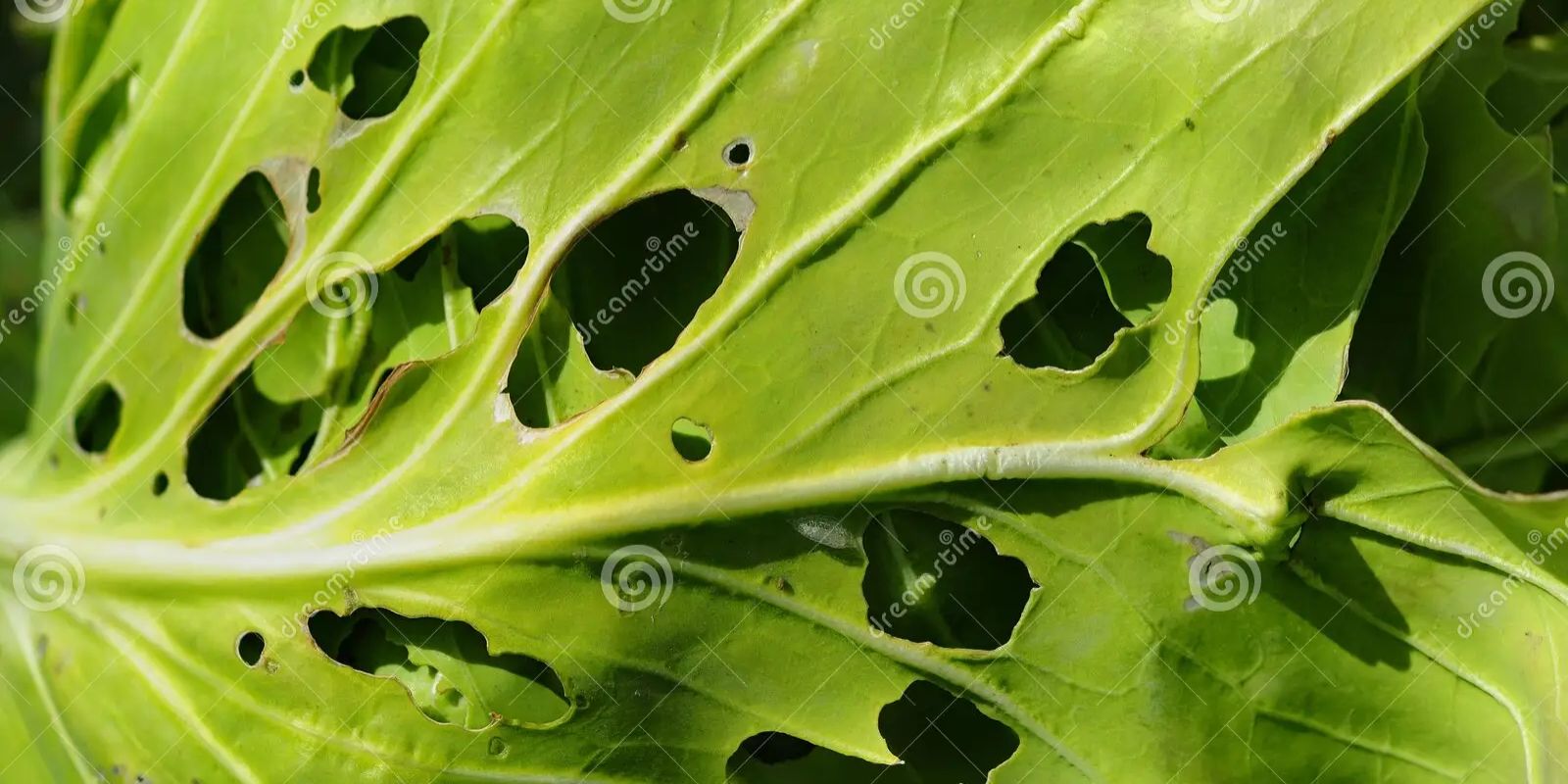Cabbage worms can be a gardener’s nightmare, turning lush, green plants into a patchwork of holes and damage. These pests, which are actually the larvae of moths, have a particular fondness for cruciferous vegetables such as cabbage, kale, broccoli, and cauliflower. If left unchecked, cabbage worms can quickly devastate your vegetable garden, but don’t worry—there are effective strategies to combat these pests and safeguard your plants. In this comprehensive guide, we’ll explore practical steps and methods to stop cabbage worms and keep your garden healthy and productive.
1. Inspect Regularly
One of the most crucial steps in controlling cabbage worms is regular inspection of your plants. Cabbage worms are not always immediately visible, but they leave telltale signs. Look for:
- Small Holes in Leaves: As cabbage worms feed, they create irregular holes in the leaves of your plants.
- Green Caterpillars: The larvae are green and can be found on the undersides of leaves. They are often more visible when they’re larger.
- Frass: This is a fancy term for the small black droppings left behind by the worms. Finding frass can be a sign of an infestation.
Early detection allows for quicker intervention, reducing the damage and making control measures more effective.
2. Use Row Covers
Row covers are an excellent preventative measure to keep cabbage worms away from your plants. These lightweight fabrics create a physical barrier between the plants and the pests. Here’s how to use them:
- Choose the Right Cover: Select a floating row cover that is fine enough to keep out moths but allows light and water to reach your plants.
- Install Properly: Drape the cover over your plants and secure the edges with soil or stakes to ensure that pests cannot crawl underneath. Be sure to cover the entire area to prevent moths from laying eggs.
Row covers are especially useful for protecting young seedlings and early-stage plants.
3. Handpick Worms
Manual removal of cabbage worms is a straightforward but effective method. Here’s how to do it:
- Inspect Plants: Regularly check your plants for visible worms.
- Remove by Hand: Gently remove worms from the leaves and discard them. Wearing gloves can help protect your hands from the worms’ often sticky, slimy texture.
- Check for Eggs: While handpicking, also look for eggs laid by moths and remove them as well.
This method is labor-intensive but can be very effective in small gardens or for controlling minor infestations.
4. Introduce Beneficial Insects
Nature has its own way of keeping pests in check. Introducing beneficial insects can help maintain a natural balance in your garden. Consider:
- Ladybugs: These insects feed on a variety of pests, including cabbage worms and their eggs.
- Lacewings: Lacewings are voracious predators of cabbage worms and other small pests.
- Parasitic Wasps: Certain species of parasitic wasps lay their eggs inside cabbage worm larvae, killing them.
Purchasing and releasing these beneficial insects can help control cabbage worm populations without the need for chemical interventions.
5. Apply Organic Insecticides
Organic insecticides are a safer option for controlling cabbage worms, especially in gardens where you want to avoid synthetic chemicals. Options include:
- Bacillus thuringiensis (Bt): This naturally occurring bacterium targets caterpillars and is highly effective against cabbage worms. Apply Bt according to the instructions on the label, ensuring it covers all plant surfaces.
- Neem Oil: Neem oil disrupts the life cycle of cabbage worms and can be used as a preventative treatment. It also helps repel other pests.
Always follow application guidelines to ensure the effectiveness of these products while minimizing harm to beneficial insects and the environment.
6. Practice Crop Rotation
Crop rotation involves changing the location of your crops each season. This practice helps reduce the likelihood of pests building up in the soil. To implement crop rotation:
- Rotate Crops Annually: Avoid planting cabbage family crops (Brassicas) in the same area each year. Move them to a different location in your garden.
- Use Companion Planting: Planting crops that are less attractive to cabbage worms in the same area can also help deter them.
By rotating crops and practicing good garden hygiene, you can reduce the chances of a significant infestation.
7. Maintain Garden Cleanliness
Keeping your garden clean is essential for preventing and managing cabbage worms. Here’s how:
- Remove Debris: Regularly clear away fallen leaves, old plant matter, and weeds, as these can harbor pests and their eggs.
- Proper Composting: Ensure compost piles are well-maintained and turned regularly to prevent attracting pests.
A tidy garden reduces the likelihood of pests finding a suitable habitat and helps maintain the overall health of your plants.
Conclusion
Cabbage worms can pose a serious threat to your vegetable garden, but with proactive and preventative measures, you can protect your plants and ensure a bountiful harvest. Regular inspections, row covers, handpicking, beneficial insects, organic insecticides, crop rotation, and garden cleanliness are all key strategies for managing these pests effectively.
By integrating these techniques into your gardening routine, you’ll not only defend your plants against cabbage worms but also foster a more resilient and productive garden. Keep these methods in mind, and you’ll be well on your way to a healthy, thriving vegetable patch free from cabbage worm damage.
Motivational Sentence:
Take charge of your garden’s health and keep cabbage worms at bay with these effective strategies. Implement these tips for a thriving, pest-free garden! 🌱💪 #GardenPests #CabbageWorms #VegetableGarden #OrganicGardening #PestControl #GardenTips #HealthyHarvest

